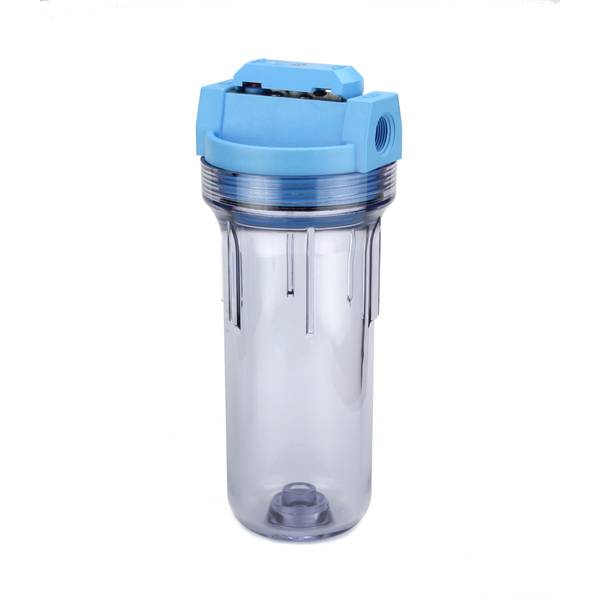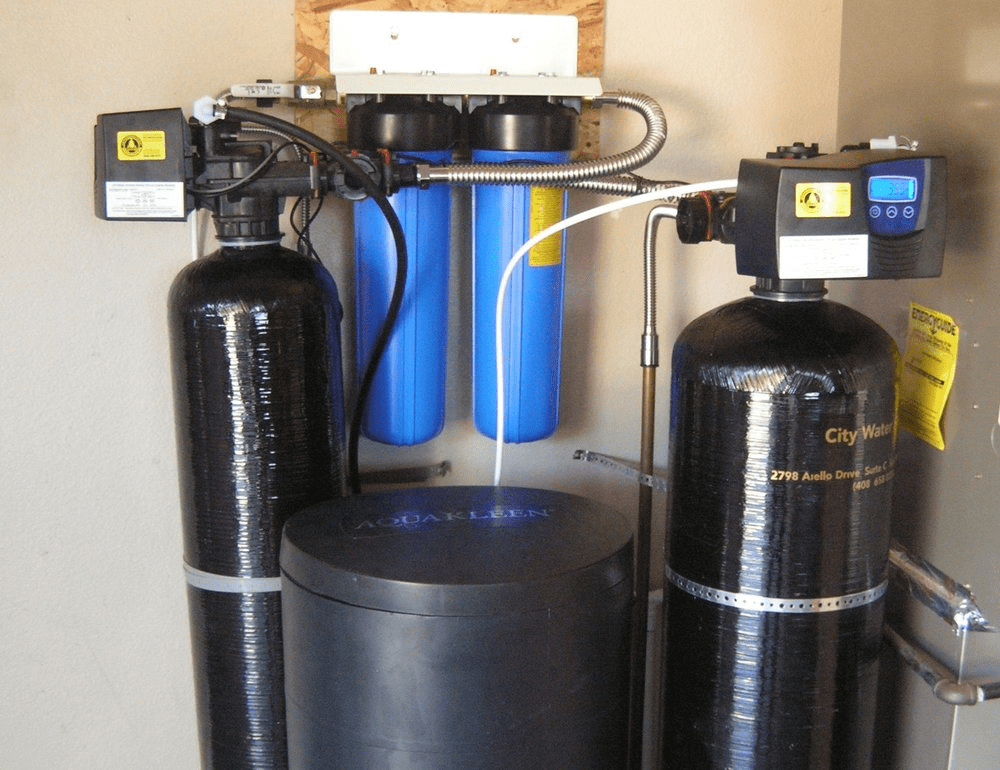Whole House Water Filter
Whole House Water Filter
Blog Article
How do you actually feel on the subject of Everything You Need to Know About Whole House Water Filter?

Entire residence water filters are the perfect option for people that want having a residence that offers clean, drinkable water. Together with giving top quality drinking water throughout the house, a whole home water filter additionally provides benefits such as eliminating pollutants that create detecting in water that is made use of to wash dishes. Unfiltered water can likewise trigger issue such as wearing away pipes and also appliances, ruining clothing that is washed and also stain sinks or showers. Although whole home water filters are generally made use of in household homes, they can also be an efficient choice for homes or workplaces.
In the beginning, it may seem that whole home water filters would certainly be exceptionally pricey when contrasted to other filter options, but they are in fact a really cost-effective option for water filtering. The price variety of these water filters is big, beginning at 2 hundred bucks and also setting you back as high as one thousand bucks. The rate of the filters depends on their dimension, product and also life expectancy. This may appear like an incredibly high cost, however when compared to various other filter choices, it is really extremely economical as a result of the quantity of filtering system that it supplies.
Entire home water filters cleanse water in the exact same fashion that other filters, such as countertop or under sink filters, do. The difference is that it requires only one filter, which is attached to the main water resource, as opposed to requiring numerous water filters to be connected to various gadgets. As with the other filters, whole house water filters purify faucet water forcibly it with a number of different stages of filtration. Among the stages is carbon purification. Carbon is an efficient technique of filtering water because it is permeable as well as has the capability to remove small as well as large contaminations. Carbon is necessary in removing unpredictable natural carbon compounds, which in many cases can trigger serious damages to the liver, kidney or central nerves. Carbon additionally removes unsafe compounds such as pesticides, commercial solvents and pesticides.
One more essential action of the filtration procedure includes a procedure such as ionization or micron filtering. This step eliminates hundreds of pollutants found in faucet water, and changes the water to fantastic sampling, healthy alcohol consumption water. As mentioned previously, the major advantage of entire house water filters are that they supply filtered water throughout the house with using just one filter.
One more benefit of whole residence water filters is the long life expectancy that they offer. A number of these filters last between fifty as well as one hundred thousand gallons of water. For numerous, the major drawback of entire house filters is the more than ordinary price. Although these filters are extremely cost effective, they do require a big financial investment up front. Entire residence water filters can also call for a significant amount work to install.
How to Remove Iron Bacteria from Well Water
If your drinking water comes from a private well, you will likely experience issues with iron in your water. These issues can range from poor-tasting coffee to bright orange streaks in toilets and bathtubs. However, there’s an equally familiar but less understood problem linked to iron contamination: iron bacteria, also known as “iron-eating” or “iron-oxidizing” bacteria.
Iron is one of the most abundant minerals in the earth’s crust. As a result, elevated levels of iron are usually widespread in the groundwater that serves wells, often fostering the growth of iron bacteria in well water. These organisms can combine oxygen with iron, manganese, or other nutrients in the water to form a swampy sludge containing rust deposits, bacterial cells, and other organic and inorganic matter. This slimy residue then sticks the bacteria to pipes, pumps, plumbing fixtures, and appliances, causing clogging, foul tastes and odors, corroded pipes and plumbing fixtures, etc.
Well-water systems used infrequently or intermittently are typically more prone to iron bacteria problems. To make matters worse, removing these organisms from your water can be complicated, which is why we recommend taking steps to prevent them from forming in your well in the first place. Luckily, this article explains a highly effective way to remove iron bacteria from well water. Let’s start by discussing what iron bacteria are and how they get into well water.
Signs of Iron Bacteria in Water
If your household water supply is contaminated with iron bacteria, you might notice several unappealing signs that may indicate iron bacteria presence. These signs may include:
Stains and deposits on plumbing fixtures, pipes, and appliances
One of the most common indicators of iron bacteria in well water is stains and deposits on plumbing fixtures, pipes, and appliances. Water containing these organisms will leave rust-colored slime stains and deposits in sinks and toilets and inside well casings. You’ll also notice stains on fixtures, tableware, laundry, and various surfaces, that keep coming back no matter your cleaning method or efforts. These stains can be grey, yellow, or brown but are often a reddish-orange rust-like color.
Discoloration
Water containing iron bacteria can have a yellow, red, or orange hue. Further, visible deposits that have a clumpy or slimy consistency are very likely to have been caused by the presence of iron bacteria. Iron bacteria deposits are widespread in toilet tanks. In many cases, the deposits will take the form of a slimy coating along the walls of the tank. If the bacteria have been in the water for a lengthy period, the deposits could float in the water.
Oily sheen on the water surface
A quick and easy way to check for the presence of iron and other slimy-producing bacteria is to look in the water closet tank of your toilet. If you see an oily sheen on the surface of the water and can feel a slimy residue on the inside of the tank, slime-producing bacteria are likely present in your water system. If you use disinfectant in your tank, evidence of these conditions might not be so apparent.
https://www.springwellwater.com/how-to-remove-iron-bacteria-from-well-water/

I ran across that blog posting on What is a Whole House Water Filter and How Does It Work? while doing a search on the internet. So long as you liked our blog posting if you please don't forget to pass it around. Thanks so much for taking the time to read it.
Request Your Service
Report this page